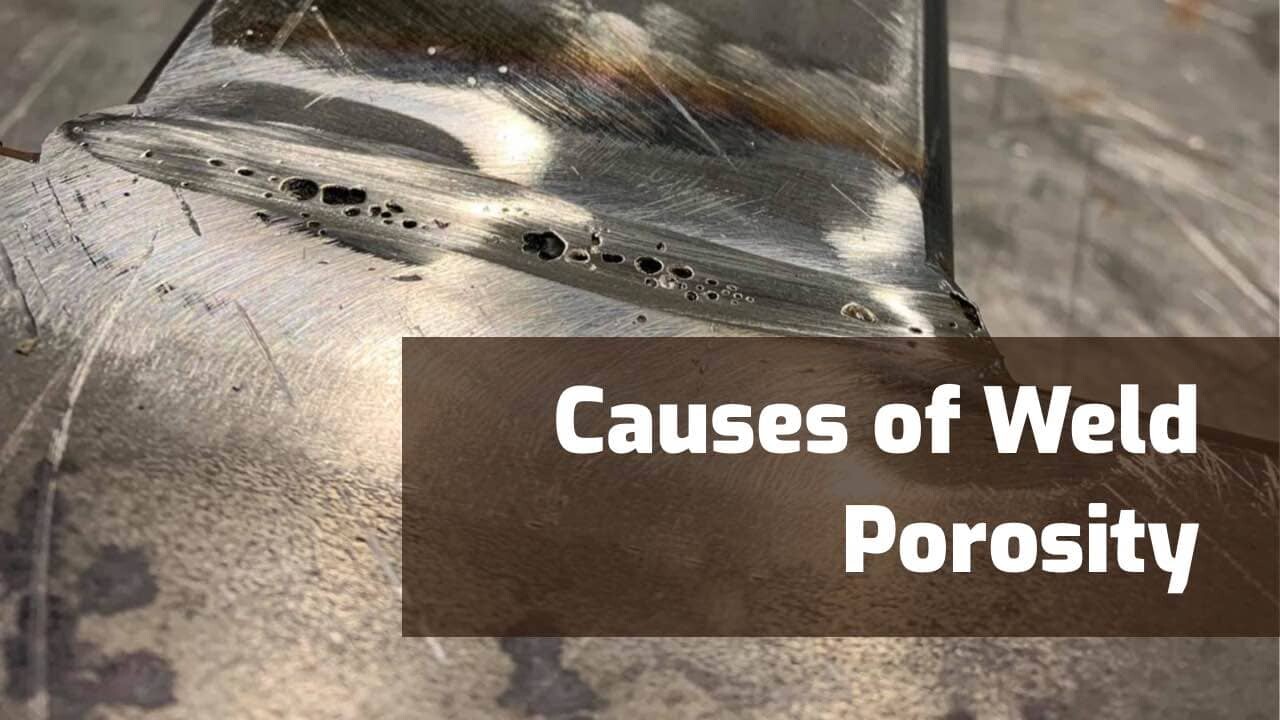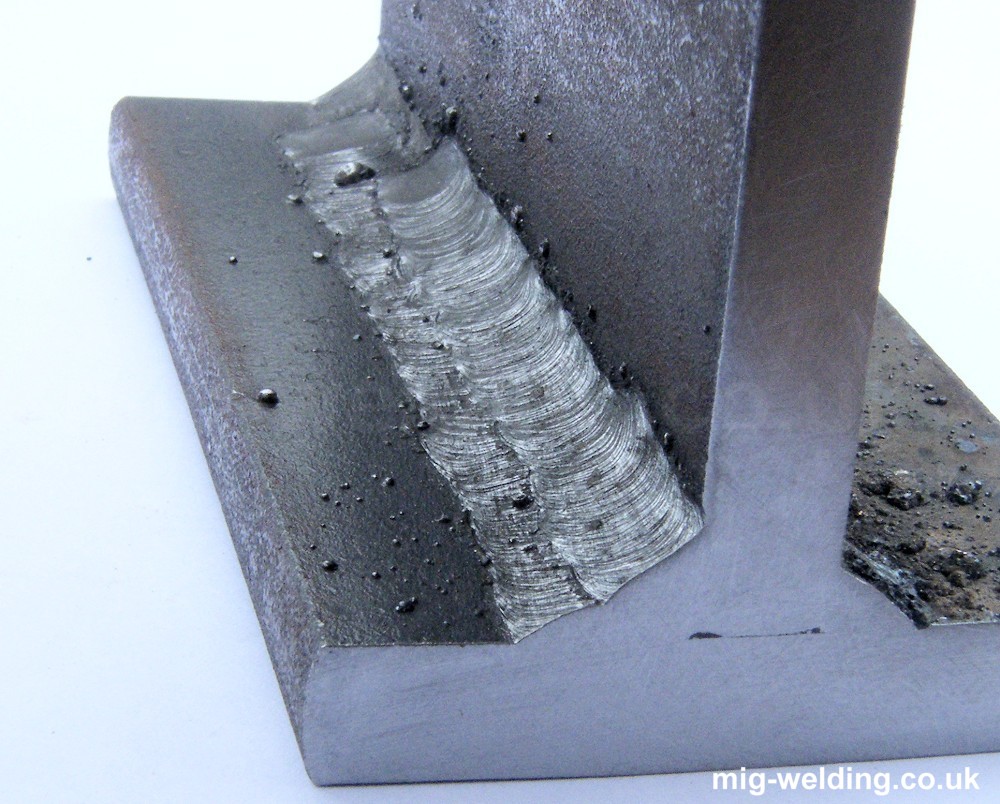Best Practices for Preventing Weld Undercut: Grasping the Basics
Best Practices for Preventing Weld Undercut: Grasping the Basics
Blog Article
Grasping the Art of Welding: Just How to Avoid Undercut Welding Issues for Flawless Construction Outcomes
By recognizing the root causes of undercut welding and executing reliable techniques to prevent it, welders can raise their craft to new levels of excellence. In the quest of remarkable fabrication results, mastering the art of welding to avoid undercut issues is not simply an ability however a requirement for those making every effort for excellence in their job.
Recognizing Undercut Welding

To protect against undercut welding, welders need to guarantee appropriate welding criteria, such as readjusting the present, voltage, travel speed, and maintaining the correct electrode angle. By recognizing the reasons of undercut welding and applying preventative procedures, welders can attain top notch, structurally sound welds.
Sources Of Undercut in Welding
Comprehending the factors that add to undercut in welding is vital for welders to produce high-quality, structurally sound welds. Damaging takes place when the weld steel does not correctly fill up the groove developed in between the base steel and the formerly transferred weld metal. Several factors can cause damage in welding. One typical reason is extreme warmth input. Welding at high temperature levels for extended durations can lead to the base steel melting greater than wanted, bring about undercut. Inadequate welding current or wrong welding rate can likewise add to undercut. Inadequate current may not supply adequate warm to melt the base and filler steels effectively, while excessive speed can prevent appropriate fusion, triggering undercut. Additionally, incorrect electrode angles or wrong lantern manipulation techniques can develop locations of reduced weld metal deposition, advertising undercut. Understanding these reasons and applying correct welding techniques can aid prevent undercutting problems, guaranteeing strong and resilient welds.
Methods to avoid Undercutting

To reduce the risk of damaging in welding, welders can employ strategic welding techniques focused on improving the quality and integrity of the weld joints. One effective approach is to readjust the welding criteria, such as voltage, current, and take a trip rate, to make sure appropriate warm input and deposition. Preserving an ideal electrode angle and making certain regular travel speed can additionally aid stop undercut. Furthermore, utilizing the correct welding strategy for the details joint configuration, such as weave or stringer grains, can add to reducing undercutting. Preventing weld undercut.
Furthermore, correct joint preparation, consisting of making sure clean base materials without impurities and using the appropriate welding consumables, is vital in protecting against undercut issues. Using back-step welding techniques and regulating the weld grain account can additionally aid distribute warm equally and decrease the threat of undercut. Routine assessment of the weld joint throughout and after welding, as well as applying top quality assurance procedures, can assist in addressing and detecting damaging issues quickly. By implementing these techniques faithfully, welders can accomplish perfect construction results with minimal undercut defects.
Relevance of Appropriate Welding Specifications
Selecting and maintaining appropriate welding specifications is important for attaining effective welds with minimal defects. Welding parameters describe variables such as voltage, present, see page take a trip rate, electrode angle, and protecting gas flow rate that directly influence the welding process. These parameters have to be meticulously changed based on the kind of material being welded, its density, and the welding strategy utilized.
Correct welding parameters make certain the appropriate quantity of heat is put on thaw the base steels and filler material evenly. If the criteria are set expensive, it can cause excessive warm input, creating burn-through, distortion, or spatter. On the other hand, if the criteria are also low, incomplete fusion, lack of infiltration, or undercutting may happen.
Quality Control in Welding Operations

Conclusion
Finally, understanding the art of welding needs a thorough understanding of undercut welding, its causes, and methods to avoid it. By guaranteeing appropriate welding parameters and implementing quality control techniques, remarkable manufacture outcomes can be accomplished. It is important try this site for welders to constantly pursue quality in their welding operations to stay clear of undercut problems and produce high-quality welds.
Undercut welding, a typical problem in welding procedures, takes place when the weld metal does not properly fill the groove and leaves a groove or clinical depression along the bonded joint.To prevent undercut welding, welders should ensure appropriate welding criteria, such as changing the present, voltage, traveling rate, and maintaining the proper electrode angle. Poor welding existing or inaccurate welding rate can also add to undercut.To mitigate the danger of undercutting in welding, welders can utilize critical welding techniques aimed at improving the quality and honesty of the weld joints.In verdict, mastering the art of welding needs a detailed understanding of undercut welding, its reasons, and methods to stop it.
Report this page